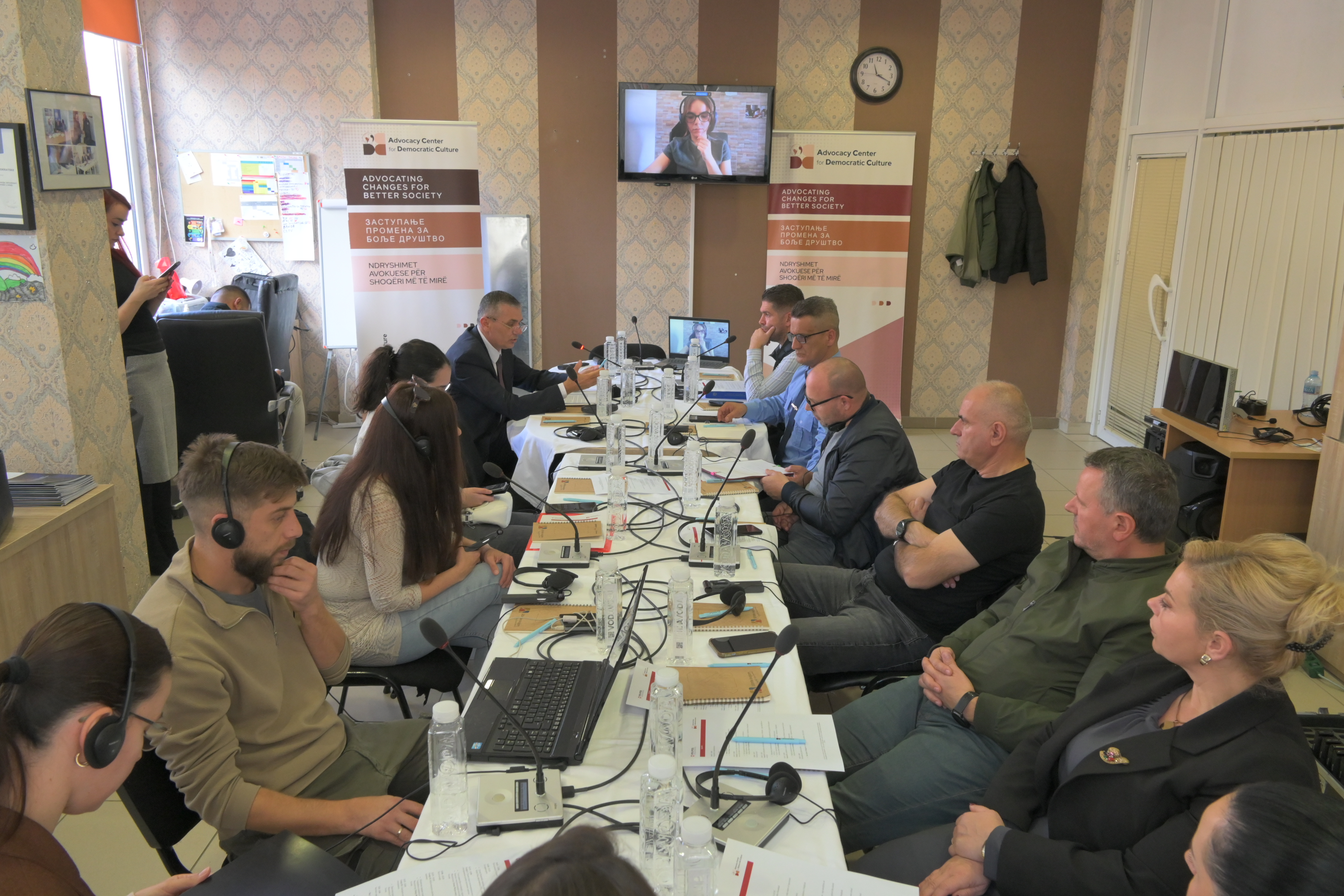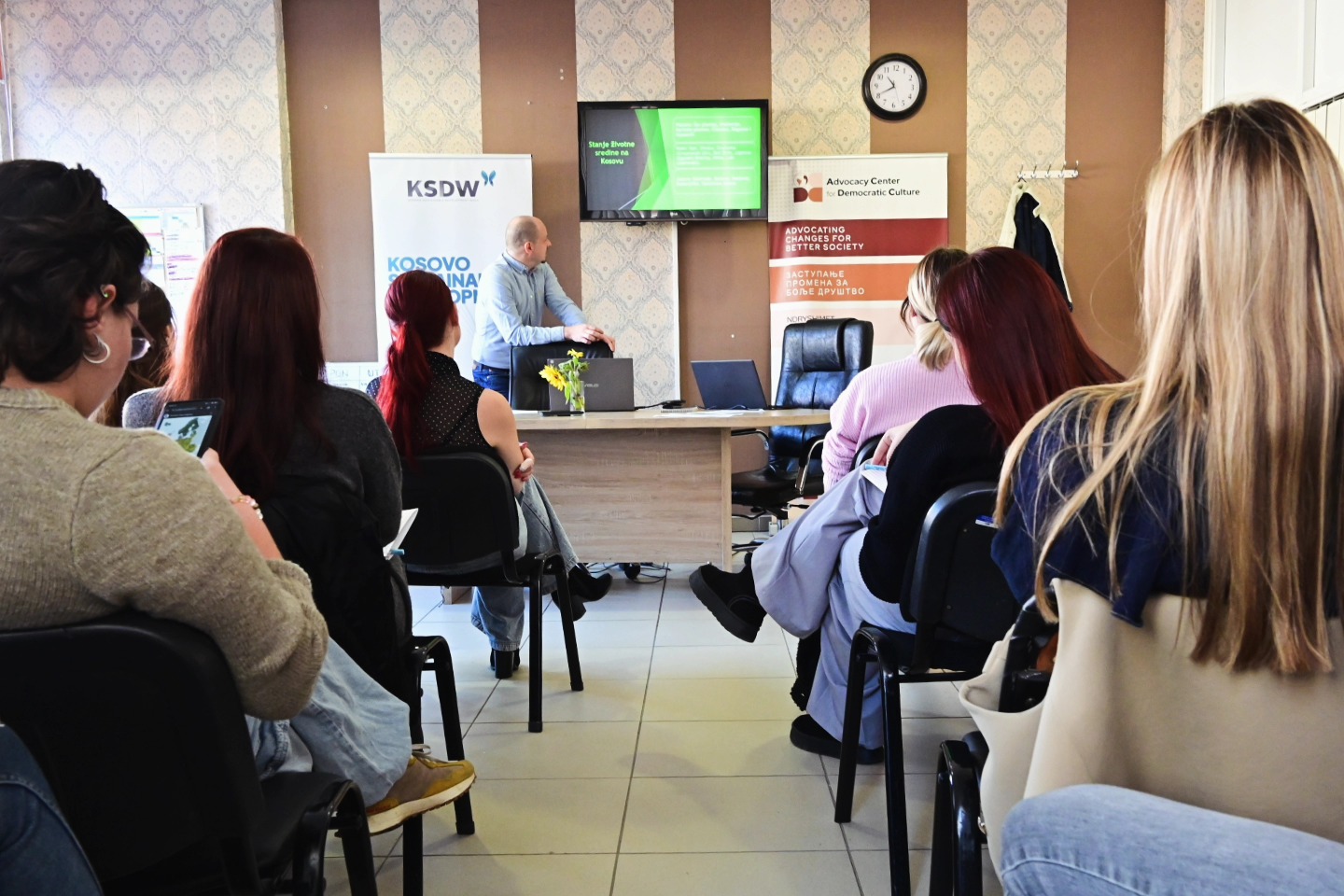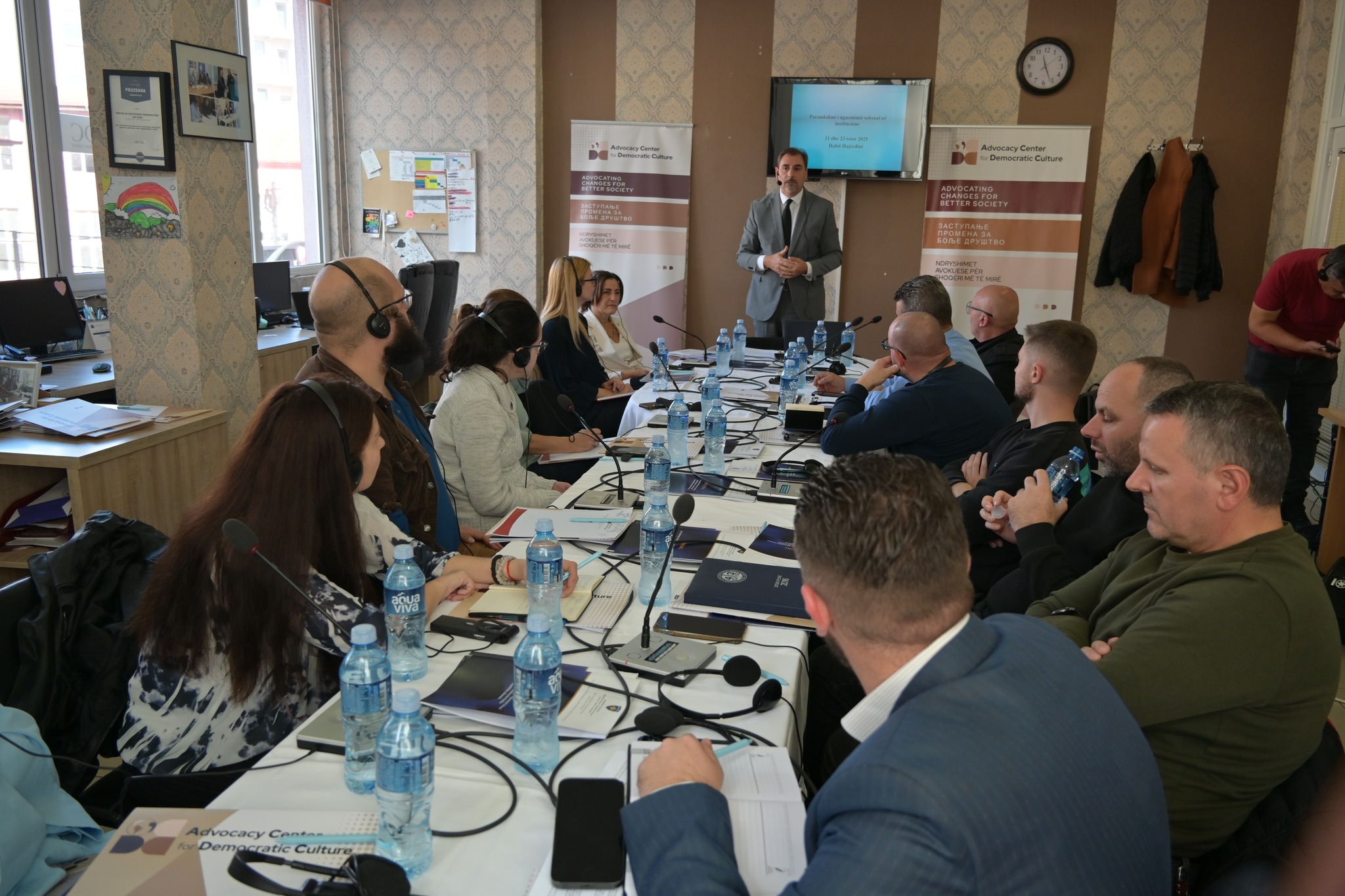31.08.2021. » 11:37
OP - ED CULTURAL COOPERATION: NEITHER THE PATH OF SERVITUDE, NOR THE PATH OF ACITIVISM - Aleksandar Dunđerin
In 2020, I was hired to select the best love songs of Kosovo Serbian artists who wrote in the second half of the 20th century for Zana book poetry within the first Mitrovica Zana Festival. Colleague Fazli Hajrizi selected Kosovo writers who wrote in Albanian at that time. Serbian poems have been translated into Albanian and English, while those of Albanian writers have been translated into Serbian and English language. All of them have been read in TV shows, broadcasted on RTK channels, both in Albanian and Serbian languages. This three-volume, three-language edition, as well as the entire festival, edited by Nora Prekazi Hoti and Miljana Dunđerin, are a great example that not only cultural cooperation and cultural exchange between Kosovo Albanians and Kosovo Serbs is possible, but also shows that the result of such cooperation and exchange can be visible and also useful in the long run - the Albanian and Serbian public had the opportunity to become acquainted, in their own language, with the greatest achievements of Albanian and Serbian authors who lived and created side by side, in the same place, during the previous century, to notice their similarities and differences in terms of topic selection, style, and perception of the Kosovo reality. The reason this festival can be qualified as a successful “multiethnic art project” lies in one, seemingly logical fact - Hajrizi and I had complete freedom to choose authors and their poems and write about them the way we really feel, to write and say what we think, with no censorship or self-censorship, in accordance with our beliefs and expertise.

In 2020, I was hired to select the best love songs of Kosovo Serbian artists who wrote in the second half of the 20th century for Zana book poetry within the first Mitrovica Zana Festival. Colleague Fazli Hajrizi selected Kosovo writers who wrote in Albanian at that time. Serbian poems have been translated into Albanian and English, while those of Albanian writers have been translated into Serbian and English language. All of them have been read in TV shows, broadcasted on RTK channels, both in Albanian and Serbian languages. This three-volume, three-language edition, as well as the entire festival, edited by Nora Prekazi Hoti and Miljana Dunđerin, are a great example that not only cultural cooperation and cultural exchange between Kosovo Albanians and Kosovo Serbs is possible, but also shows that the result of such cooperation and exchange can be visible and also useful in the long run - the Albanian and Serbian public had the opportunity to become acquainted, in their own language, with the greatest achievements of Albanian and Serbian authors who lived and created side by side, in the same place, during the previous century, to notice their similarities and differences in terms of topic selection, style, and perception of the Kosovo reality. The reason this festival can be qualified as a successful “multiethnic art project” lies in one, seemingly logical fact - Hajrizi and I had complete freedom to choose authors and their poems and write about them the way we really feel, to write and say what we think, with no censorship or self-censorship, in accordance with our beliefs and expertise.
Even though I have been running „Aquarius“ Private Cultural Center with my wife Miljana for the seventh season, and the Center is more than interested in such forms of cooperation, unfortunately, this example is unique and lonely in a sea of “projects” whose keywords are “art”, “multi-ethnicity”, “cultural exchange”, “cultural cooperation” ...
Why is that? Years go by, and many foundations and countries, international and domestic organizations, invest huge amounts of money to implement “artistic projects” aimed at “cultural cooperation” and “cultural exchange”, among other things, through various forms of artistic expression", without paying attention to who leads certain projects, and that it would probably be logical that artists and intellectuals as people with credibility and credible biographies stand behind them. That is why the results of these “projects” are devastating, and that is why such “projects” do not achieve their basic goal. People who implement these projects, and those who take part in them, most often feel helpless to resist servitude or activism. It creates a false image that fulfilling the requirements of the authorities of some countries means humiliating servitude and that certain international foundations and organizations (that is, other countries) are a sublime form of sanctified social activism. The difference between servitude and social activism (as seen by men in power of the modern age) is insignificant. Both phenomena nullify what is at the core of every art (and at the core of every genuine artist and intellectual): the right to freedom and critical thinking. An artist, a thinking being, is not and should not be a servant (of his country), but he is not an activist, his role is not to follow predetermined (in the ideological sense) socio-political patterns (of other countries), no matter how noble the goals of imposed ideological constructions were, as are the demands for cultural exchange, cooperation, and reconciliation of different people. An artist and intellectual is a man whose only task is (if he has a task at all), through his work and actions, aesthetically persuasive and artistically convincing, to critically reflect on reality in order to influence his world to be a better and more beautiful place to live in thus influencing on cultural cooperation and cultural exchange.
That is why people who agree to implement various „artistic projects“in Kosovo or participate in them in some way (there are many honest individuals among them) do so most often for existential reasons (because of money or some other benefits), either way, they do that for non-artistic reasons. Hence, cultural cooperation and cultural exchange through such "projects" are only apparent, because communication between artists and intellectuals of different nationalities ends with the completion of the "project", which certainly does not lead to reconciliation. Also, valuable and lasting work of arts are not thereby created, and any results (if any) are hidden from the public, because carriers and participants of the „projects“, consciously choose the path of servitude or social activism, thinking about how to assure, as painless as possible, their financiers about their own suitability (which is, of course, insincere), but most often they do not want to defend those „projects“ publicly, especially within their ethnic community, with the justification that their personal safety is compromised. However, that does not mean that there is no cooperation and exchange between Albanians and Serbs in Kosovo. Unfortunately, it is still possible only outside institutions and organized action, and it is due to individuals who are aware that the only path that culture and art should take is in the future, the path from freedom to love. And to testify about that, publicly and honestly, in both Albanian and Serbian language. In general, their lives and deeds testify to that, as well as the example given at the beginning of this text.
* The author of the text is a writer and journalist, editor of the art program at the Private Cultural Center "Aquarius" in the north part of Mitrovica.
Latest news







